Revelationes of St. Methodius with first illustration of a Caesarean birth; 1498
£28,000.00
Saint Methodius Revelationes Divinae a Sanctis Angelis Factae. Wolfgangi Aytinger tractatus super Methodium.
Edited by Sebastian Brant,
4to, Basel, Michael Furter, 5 January 1498
68 leaves (g6-7 misbound in signature h), 36 lines, gothic letter, 61 woodcuts, some initials woodcut, others supplied in red, chapter headings underlined in red, rubricated throughout.
First illustrated edition.
Crushed green morocco by Masson-Debonnelle (signed), all edges gilt.
HC *11121; BMC III, p. 785; Polain (B) 2682; Oates 2833; Proctor 7738; IGI 6399; Goff M524; Fairfax-Murray
289-1504 edition
Provenance:
Le Cabinet de M.E.G (believed E. Gonse), sold by A. Durel, Hotel Drouot, Paris, May 1894. Lot 16 “Magnifique exemplaire d’une conservation parfait de ce très rare volume d’ histoires prodigeuses
mises en tableaux.”
Sotheby’s 1988 – GBP 6,820 – bought by Tenschert
Joost R. Ritman – Bibliotheca Hermetica (bookplate)
Traditionally attributed to Methodius, Bishop of Olympus martyred in 312, and said to have been translated by an Augsburg monk Wolfgang Aytinger, this collection of prophecies is thought by some to have been written by Aytinger himself with the intention of exciting animosity between the Christians and Turks, dealing as it does with the successive occupations of Jerusalem, schisms of the Church and the Fall of Constantinople. The first separate Latin edition was printed in 1496 by Froschauer at Augsburg. The present edition is the first of five illustrated editions printed by Furter.
This edition of the Revelations attributed to Methodius was edited by Sebastian Brandt, author of the famous The Ship of Fools. Its printer, Michael Furter, was among Basel’s first generation of printers and spent his entire twenty-nine-year career working there. His edition of the Revelations is illustrated with fifty-five original woodcuts. The images differ in quality, and it appears that at least two different hands cut the blocks. This woodcut of “Adam and Eve in the Garden” is cut in a free, almost sensuous, style, in which a combination of round and angular contours outlines the figures. The rendering of the physical form of Adam and Eve is further enhanced by the use of varied parallel lines to model their figures, a Renaissance technique that accentuates the form of the human body. Great attention is also paid to Adam and Eve’s hair, especially to Eve’s flowing mane, a design cut in fine detail, which attests to the block cutter’s skill. However, the renderings of the Tree of Knowledge and the limited detail of the landscape are less successful and exhibit characteristics of medieval style.
Though attributed to St Methodius (martyred in 312) and translated by Aytinger, it is now thought to have been composed in Syriac in the seventh century but only known in its Latin or Greek versions until the twentieth century. It relates the effect of the Arab conquests of the near east on the Christian communities there, seeing them as a punishment from God for the lapsed ways of the Christians, but prophesying the rise of a messiah in the form of a Roman emperor to crush the Turks and the Saracens. This is one of several apocalyptic texts circulating at the time, and was probably the most widespread.
This is the first illustrated edition of this text, which must have been successful as Furter regularly reprinted it using the same blocks. The woodcuts are not of equal artistic merit, and a few may have been made for other publications, such as Brant’s Ship of Fools. There is an early depiction of a Caesarian section (the birth of the Antichrist) and the prophesied conquest of Constantinople in 1509 by the last Roman Emperor.

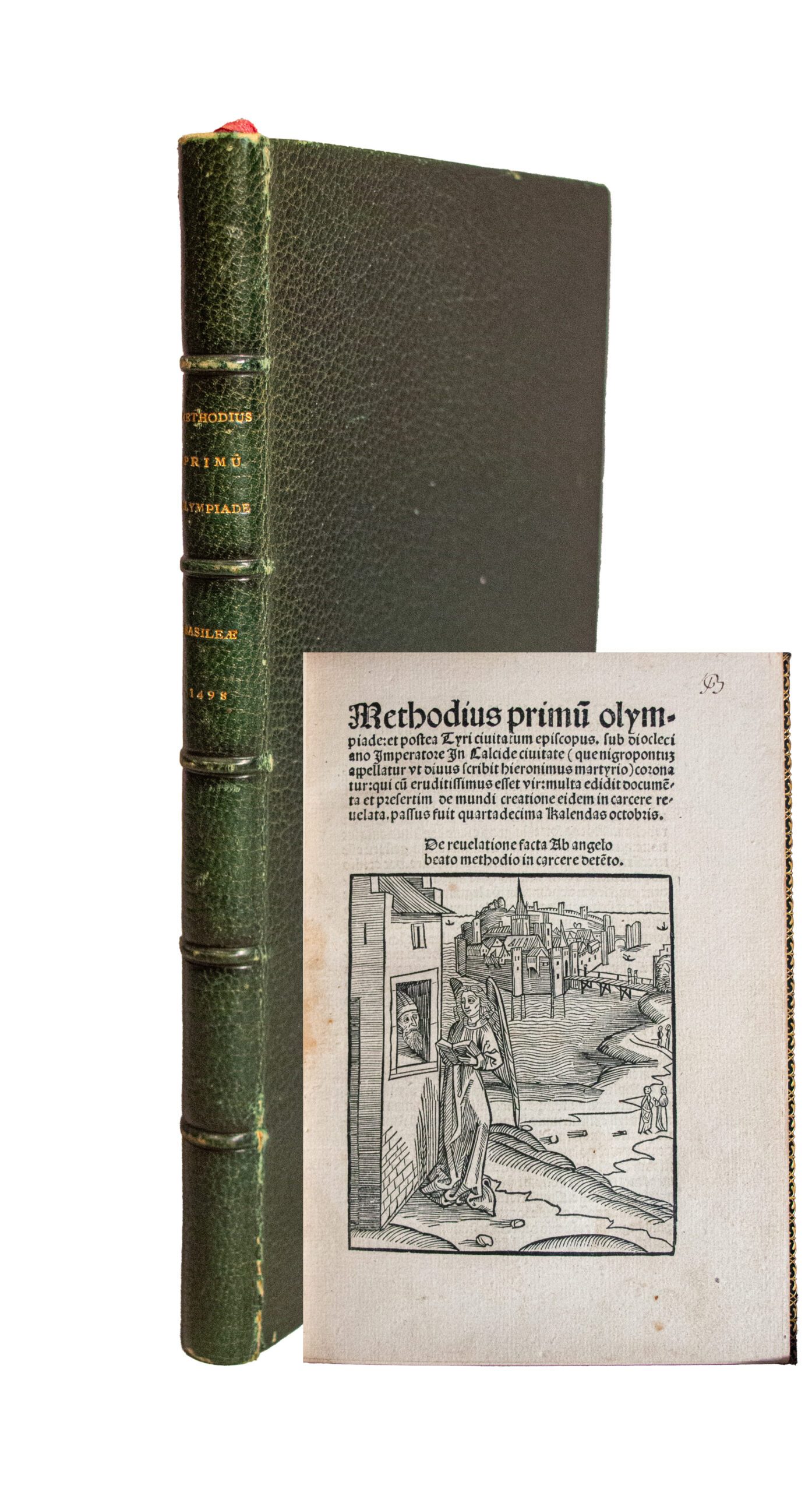























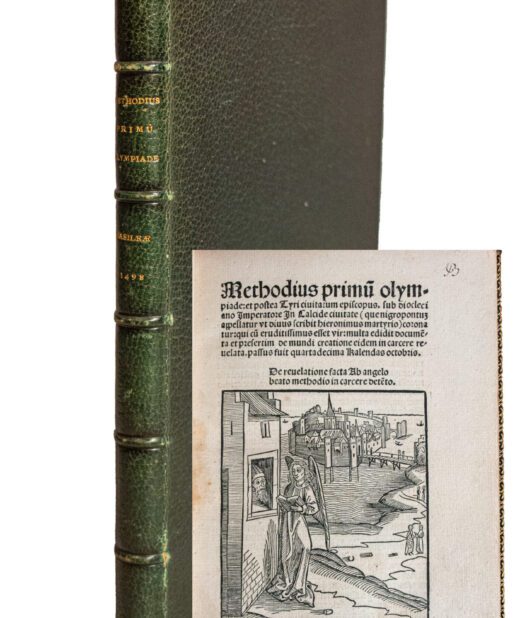
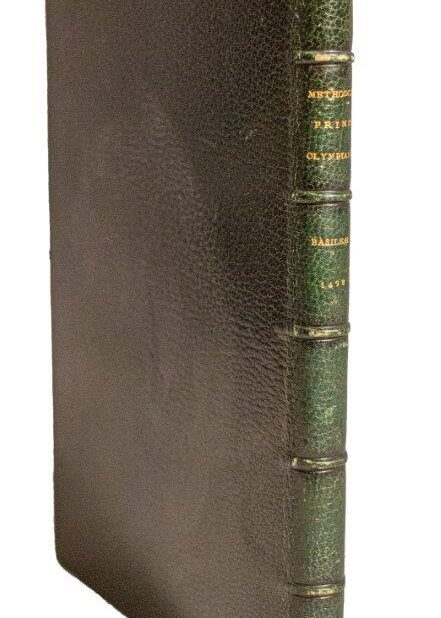
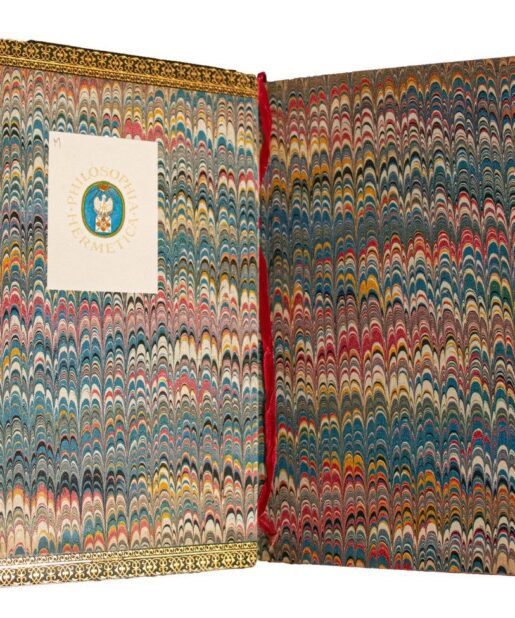
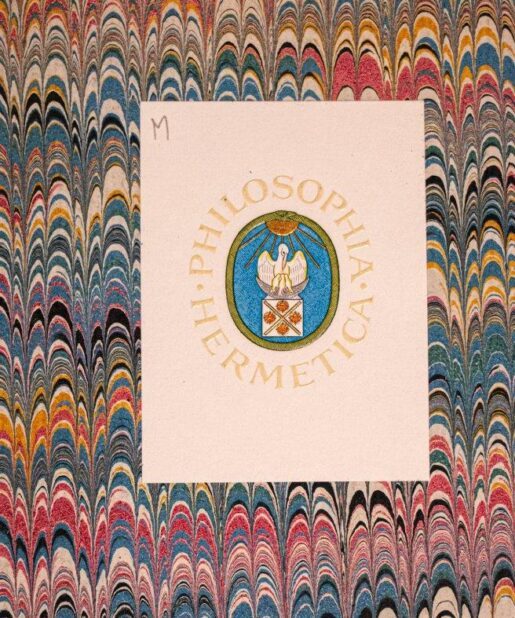
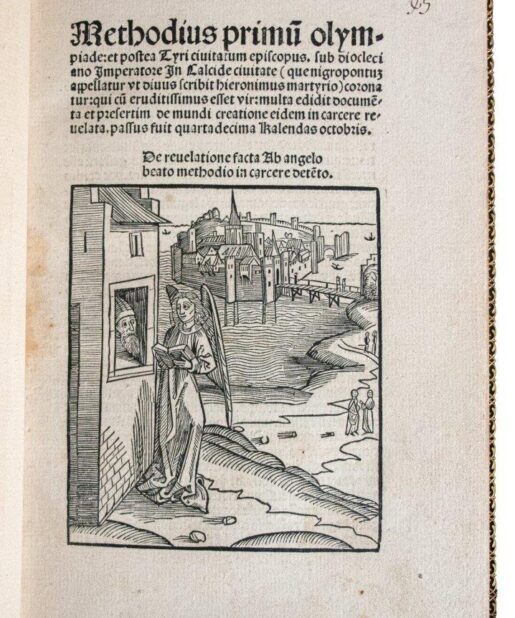
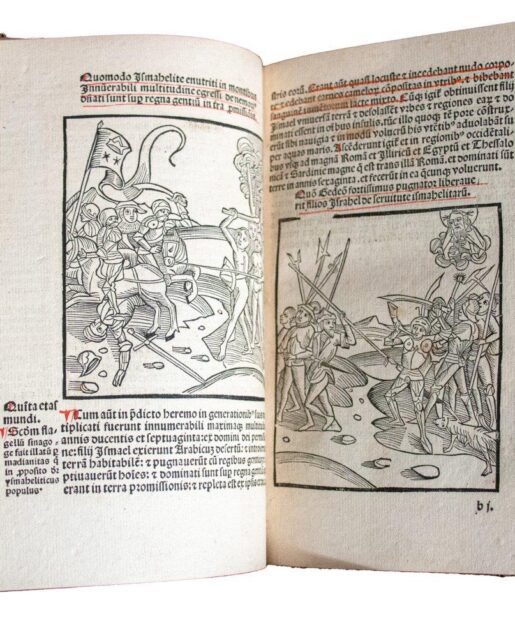
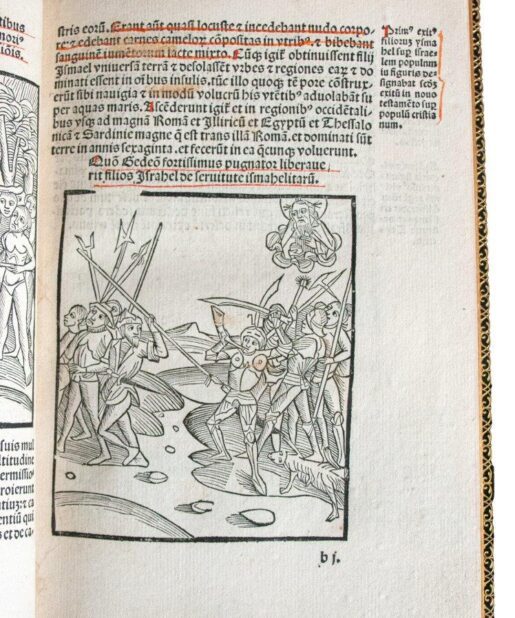
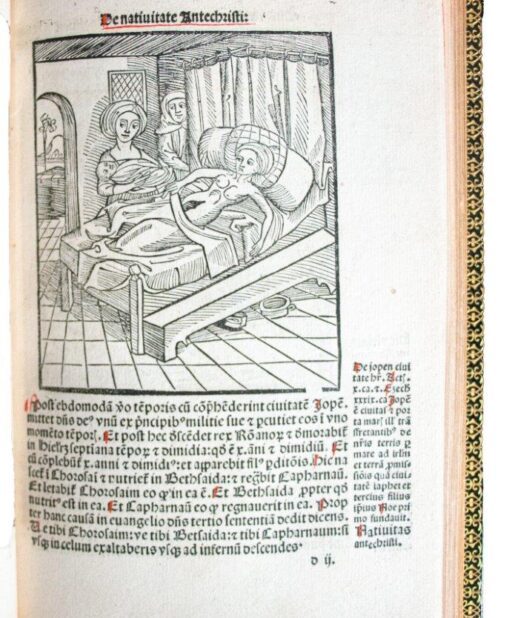
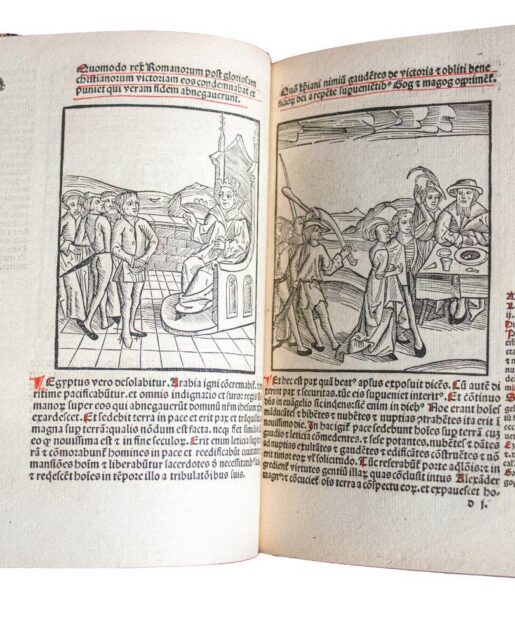
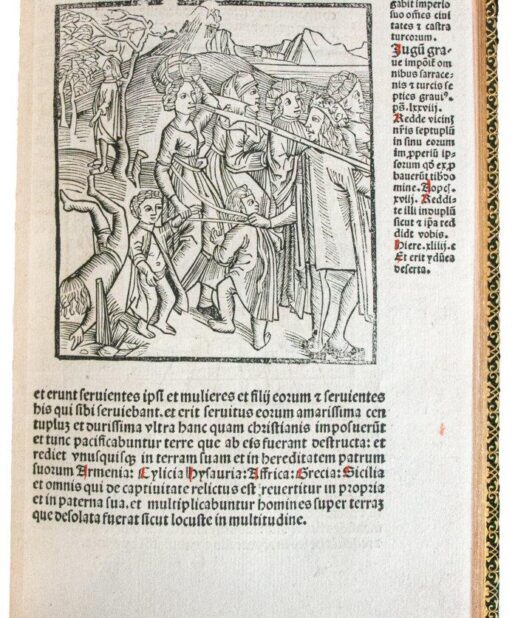
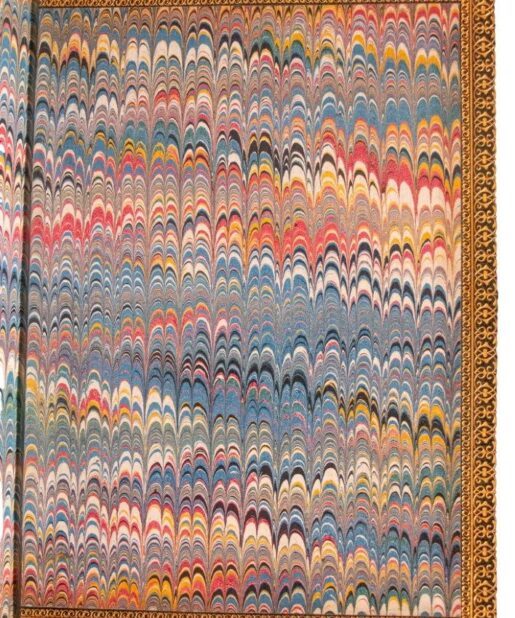
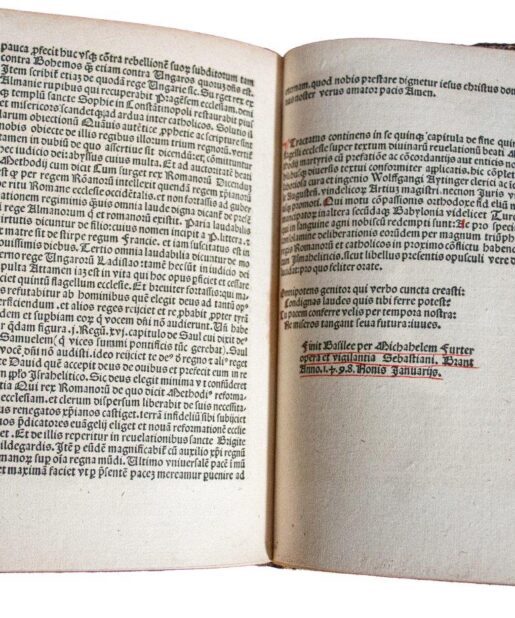
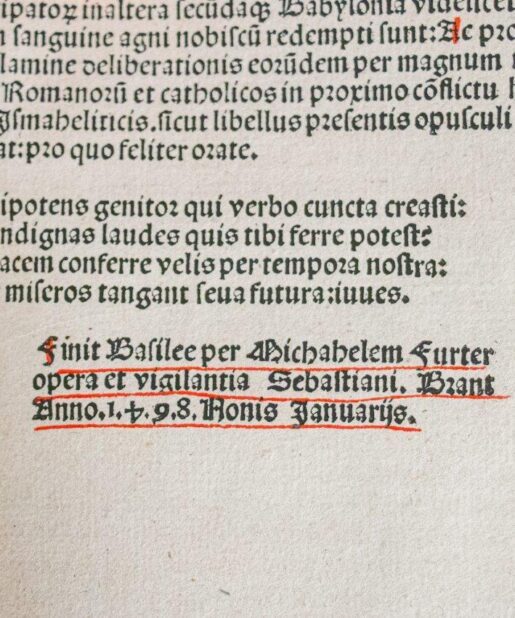
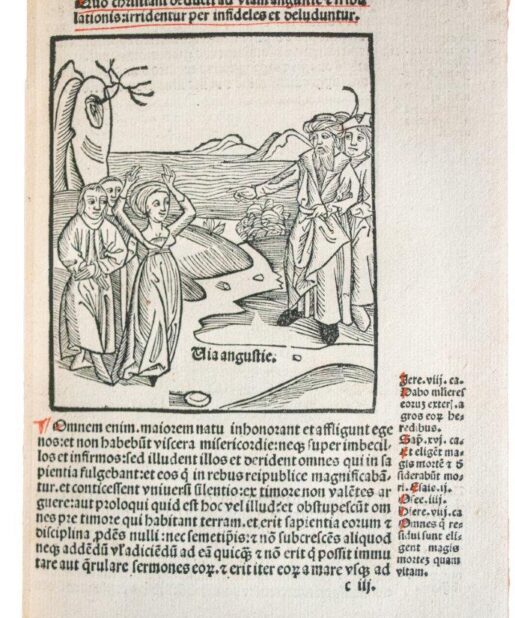
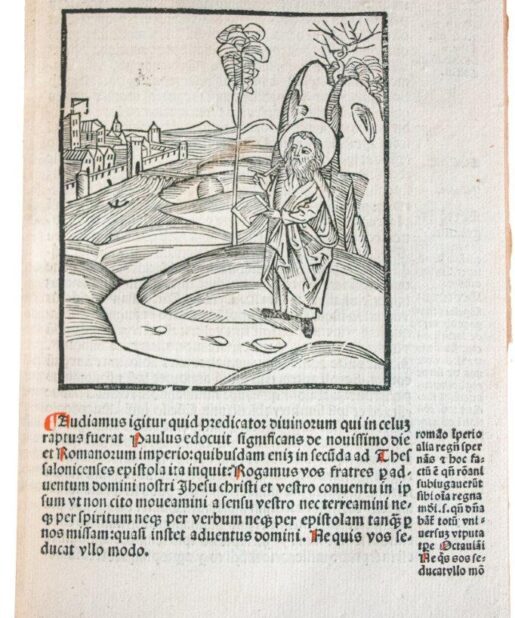
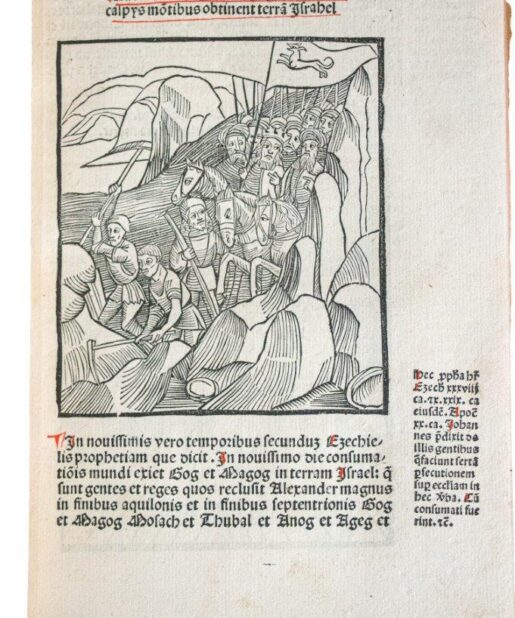
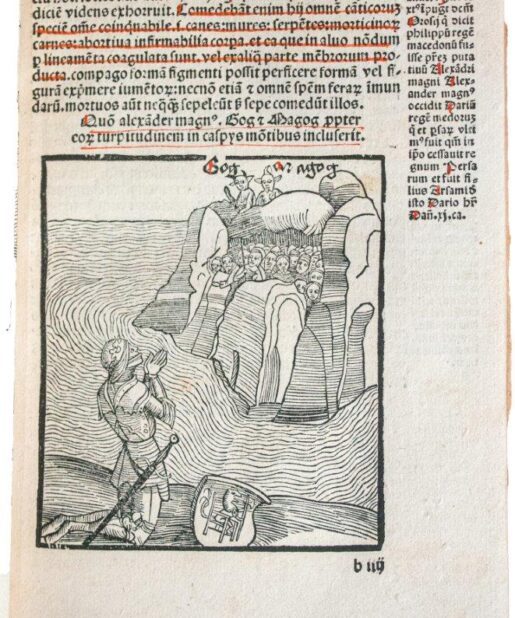
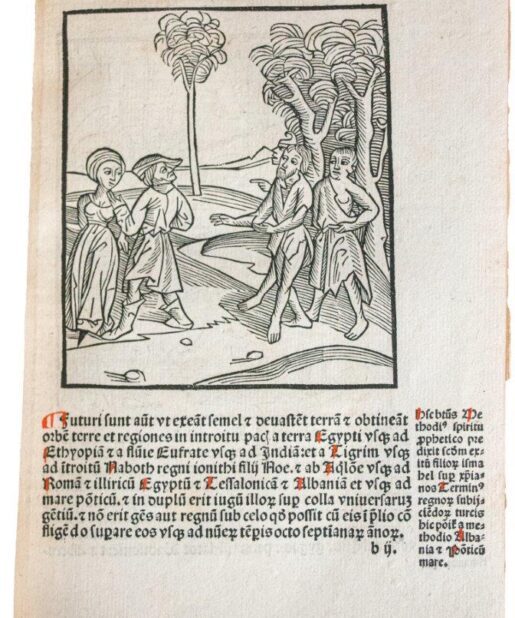
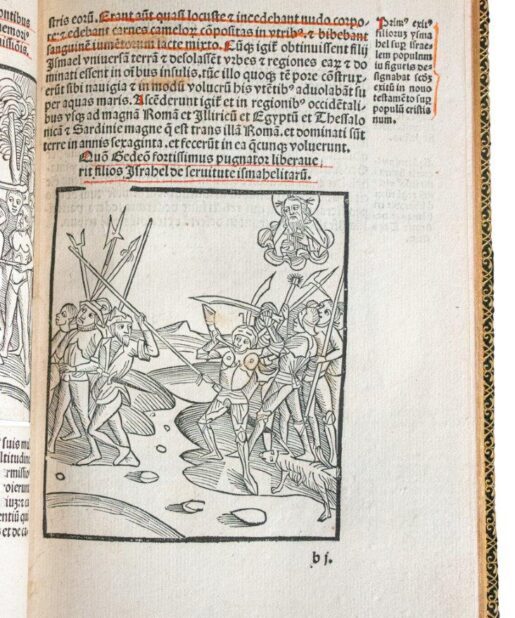
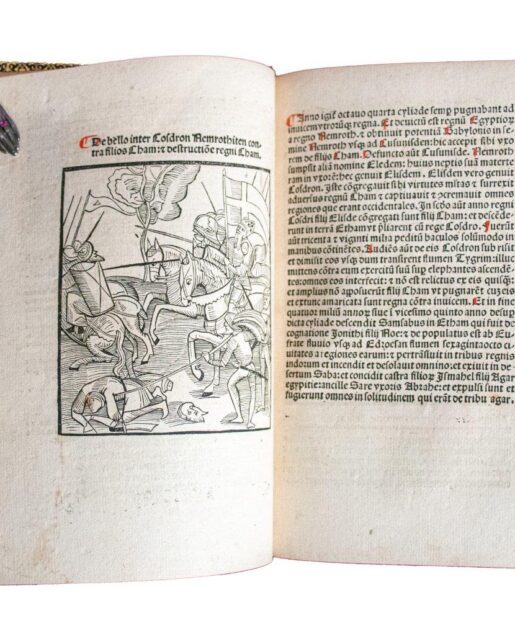
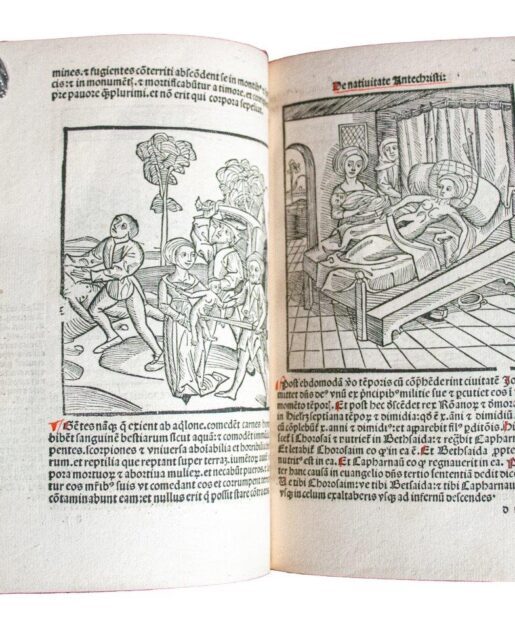
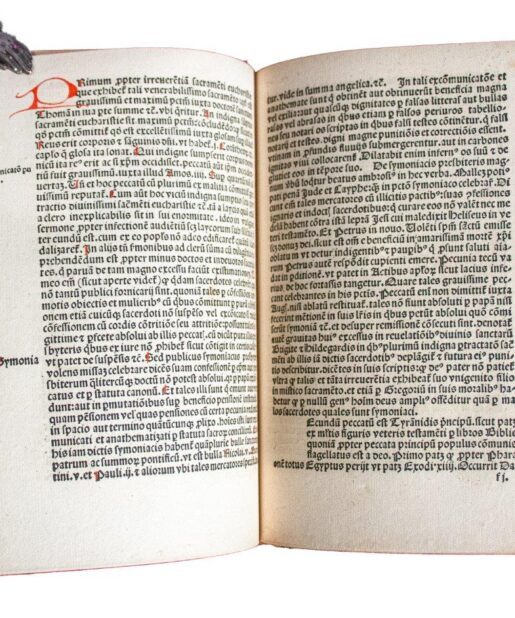
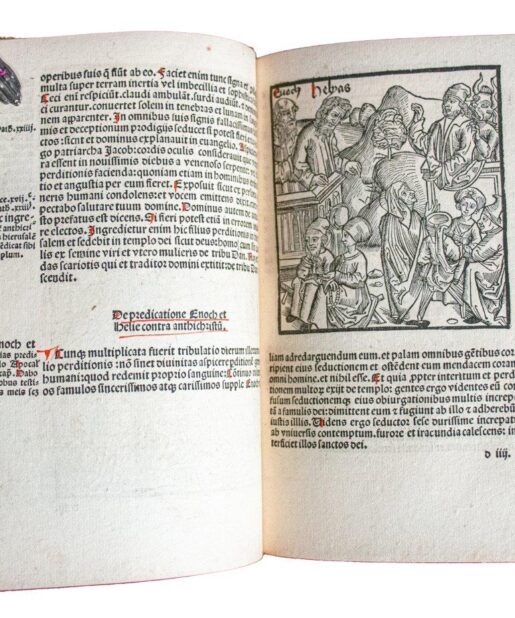
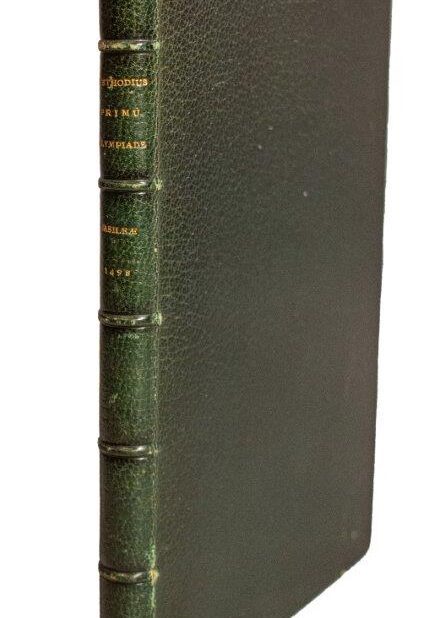
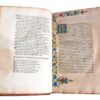
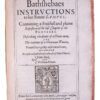
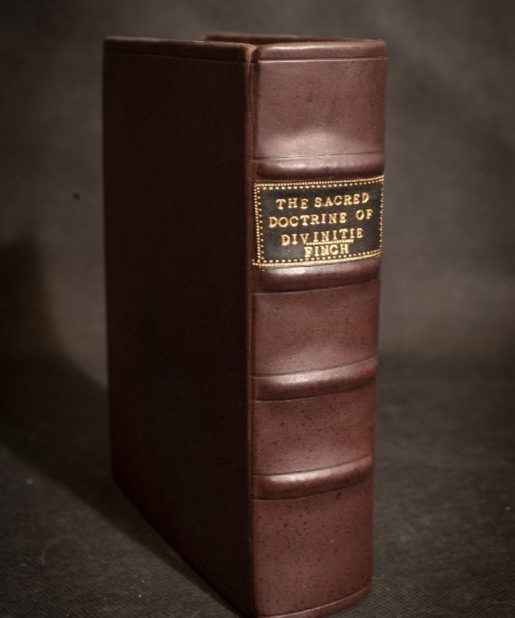
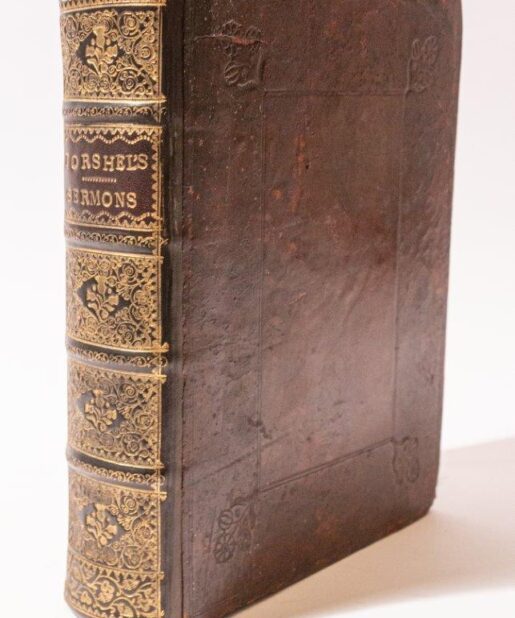
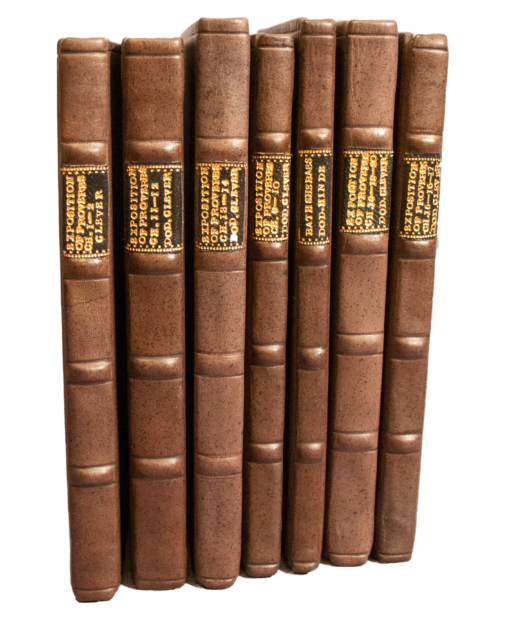
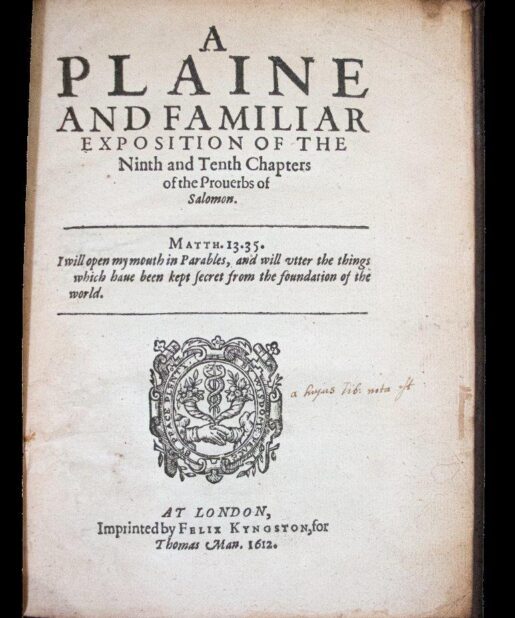
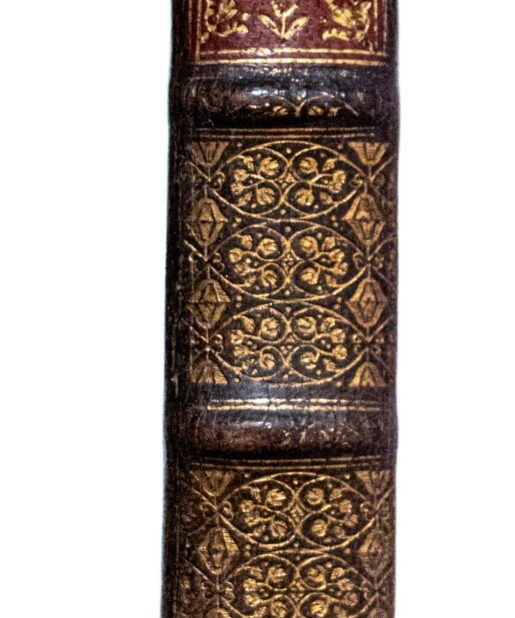
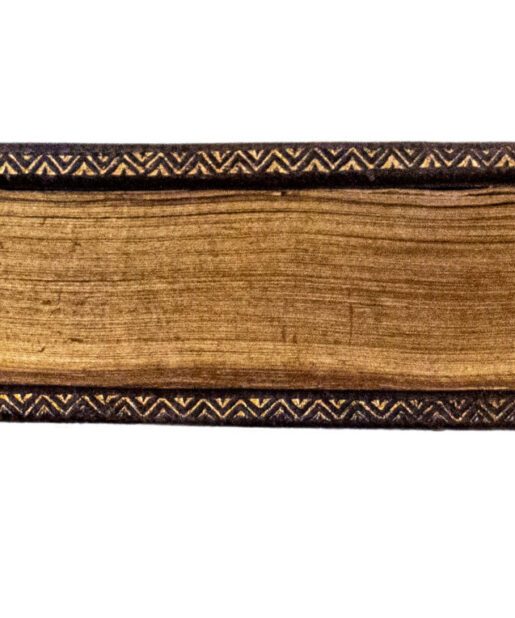
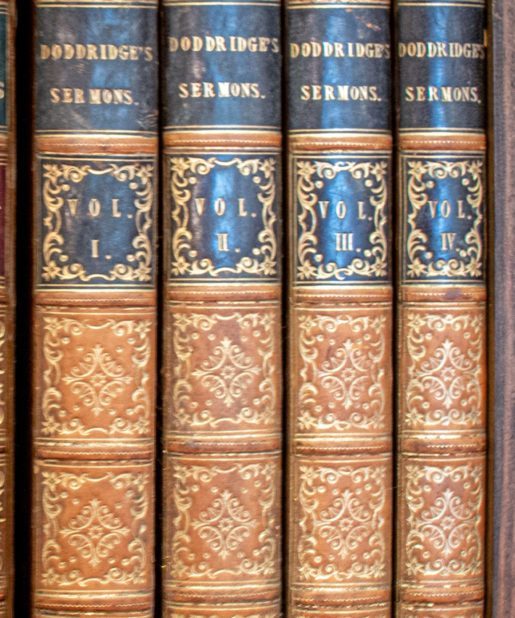
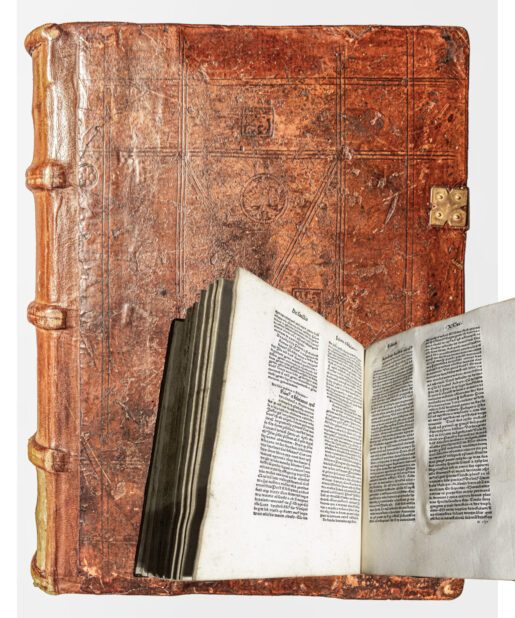
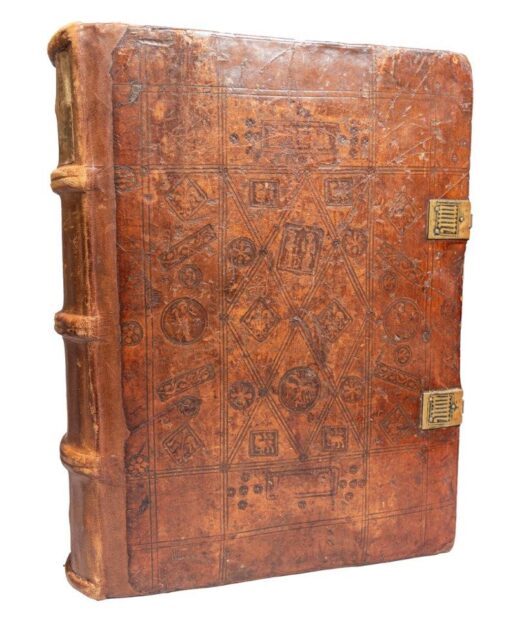
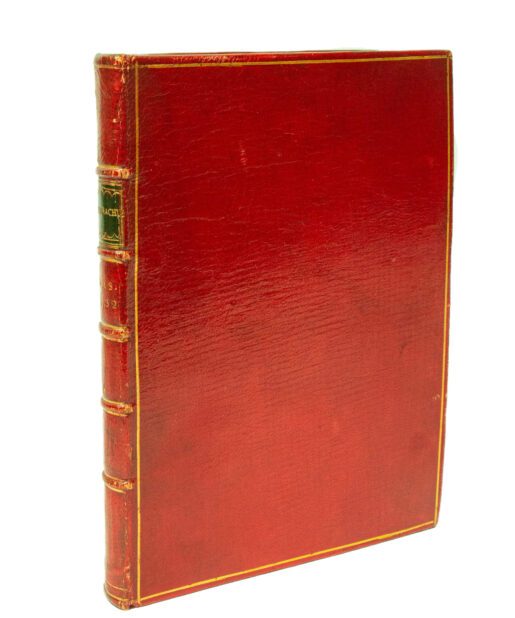
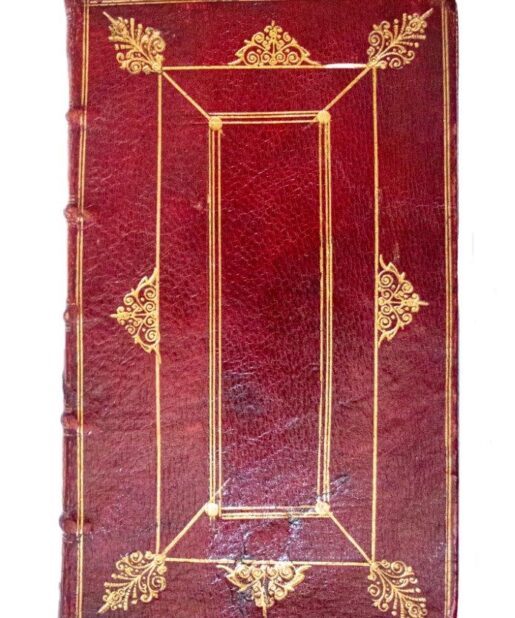
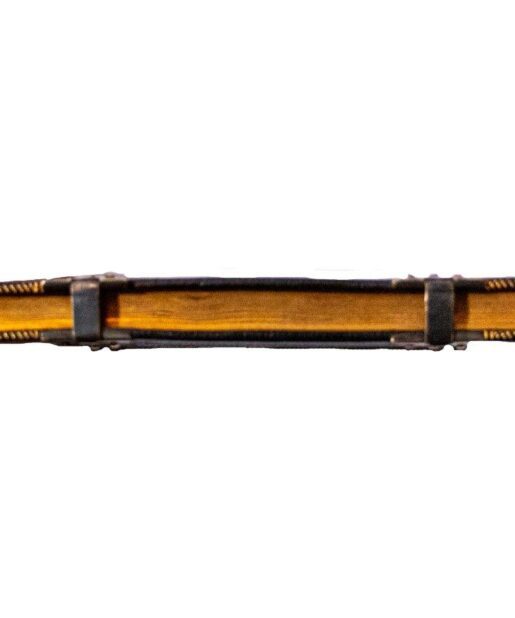
Reviews
There are no reviews yet.